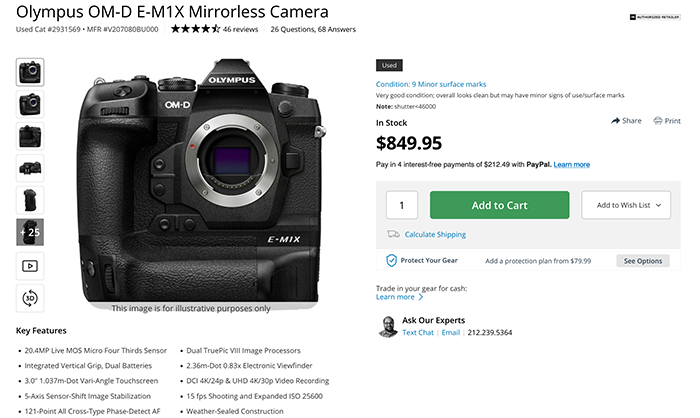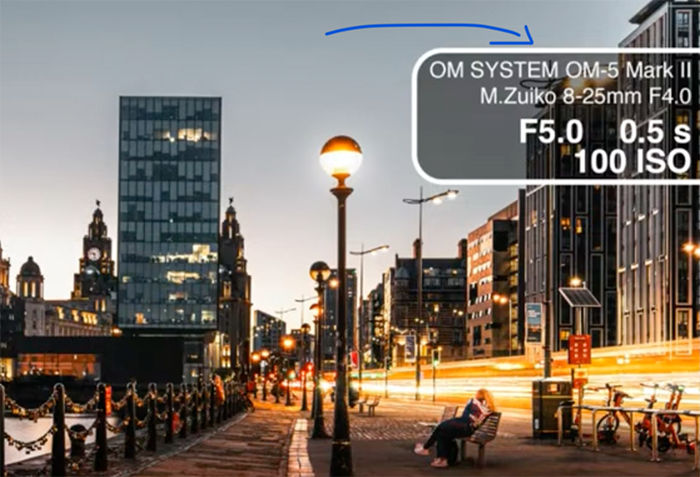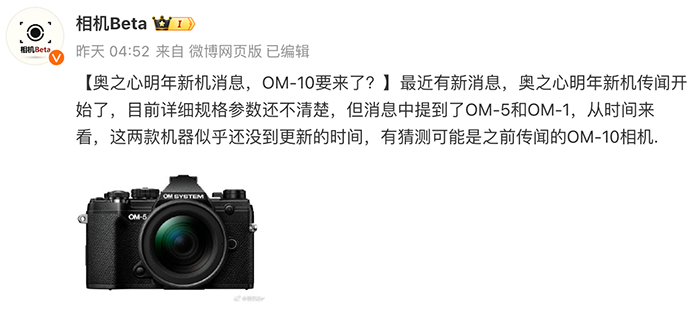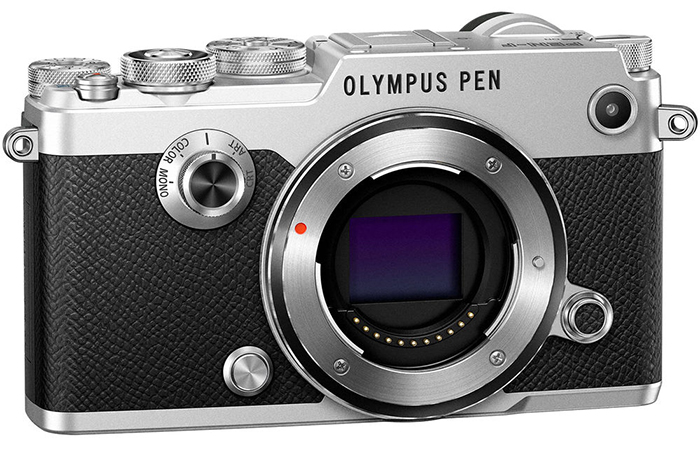New Trioplan 100mm f/2.8 MFT lens will ship in December for 1400 Euro!
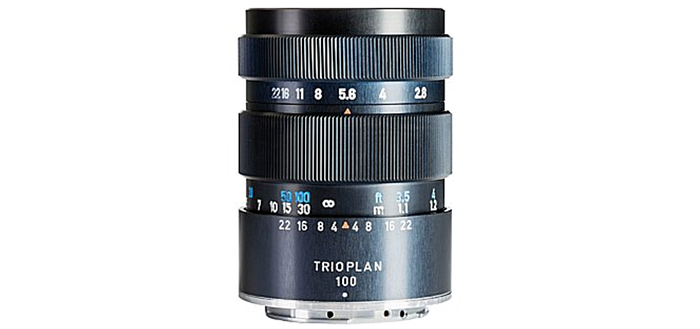 [/shoplink]
[/shoplink]
This is again not a very cheap lens from Meyer-Optik-Görlitz. Their new Trioplan 100mm f/2.8 MFT lens will ship at Christmas time for a non Christmas friendly 1.400 Euro. The lens is an optimized redesign of their current [shoplink 53617 ebay]M42 mount lens which is available on eBay (Click here)[/shoplink]. The special feature of the lens is that it has a super perfect “soap bubble” bokeh:
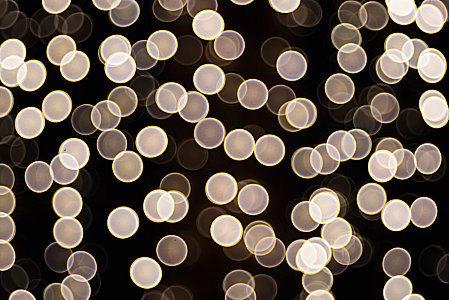
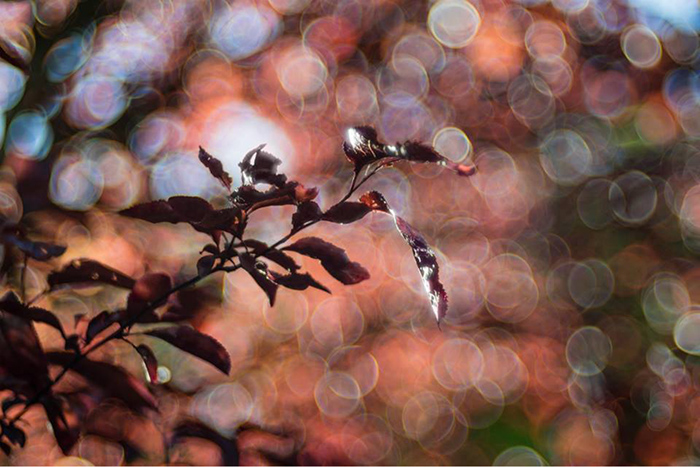
PRESS TEXT (Source: meyer-optik-goerlitz.com/the-bokeh-effect/):
The original Trioplan f2.8/100 lens from Meyer-Optik-Görlitz gained a fanatical following of photographers who fell in love with its dream-like soap bubble ‘bokeh’ effect.
The modern remake of the famous lens, currently in prototype, uses experience and modern technology to emulate this stunning effect more authentically than ever before. Great news. But what exactly is a ‘bokeh’ effect, and why is it so well-loved?
Bokeh, usually pronounced ‘BOH-Kay’ but sometimes ‘BOH-ka’, is a photographic effect that produces an aesthetic blur in the parts of an image which are out of focus. Derived from the Japanese word ‘boke’, meaning ‘blur’ or ‘haze’, bokeh describes the way a particular lens renders out-of-focus points of light. Whereas some lenses unintentionally produce blurring that is distracting and undesirable, others use clever alternate aperture shapes and other engineered adaptations to create ‘good bokeh’ that is pleasantly ghostly and pleasing to the eye.
The distinctive circular shape in the Trioplan bokeh derives from the number of aperture blades. The Trioplan f2.8/100 is made of fifteen steel aperture blades whereas modern lenses often have only six plastic blades. This results in a circular aperture rather than the more common hexagon. The more blades, the more circular the aperture is.
The soap-bubble bokeh effect is, strictly speaking, actually a lens aberration – but it is so pleasing to the eye that it has become a desirable effect. Of course, state of the art engineering could simply correct these aberrations which would make the transfer function of the lens look better on paper (in MTF diagrams, magazine tests, etc) but then the soap bubble bokeh effect, so admired by photographers, would be lost.
Bokeh has many creative applications. Most commonly though, photographers specializing in portrait, macro or long-zoom images use good bokeh to their advantage, by enhancing blurred areas created by the shallow depth of field and making the subject stand out starkly against a gossamer background.
Meyer-Optik-Goerlitz has been associated with innovation, precision, durability and quality in the world of photography for nearly 120 years. In 2015 the Trioplan f2.8/100 finally returns, nearly a century after its first appearance in 1916, ensuring that a new fan base will be able to experience a modern take on the classic soap bubble bokeh lens.
via Mirrorlessrumors.
